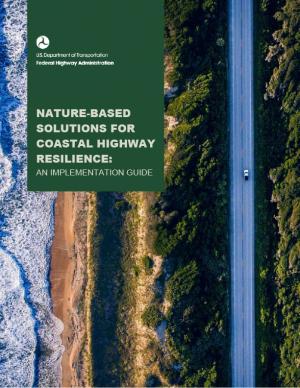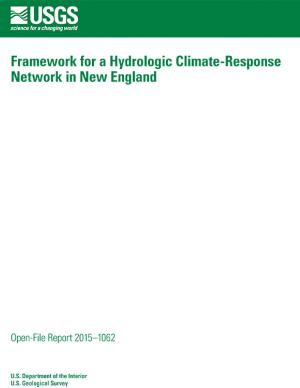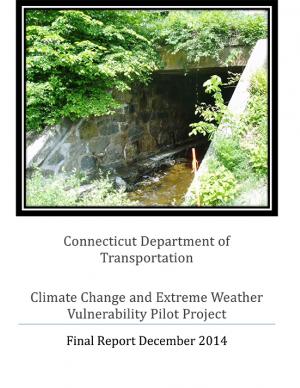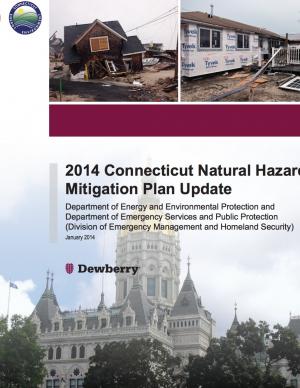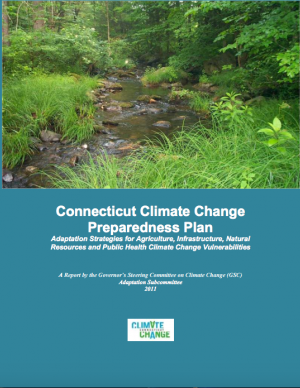This guide is designed to help transportation practitioners understand how and where nature-based and hybrid solutions can be used to improve the resilience of coastal roads and bridges. It summarizes the potential flood-reduction benefits and co-benefits of these strategies, then follows the steps in the project delivery process, providing guidance on considering nature-based solutions in the planning process, conducting site assessments, key engineering and ecological design considerations, permitting approaches, construction considerations, and monitoring and maintenance strategies. The guide also includes appendices with site characterization tools, decision support for selecting nature-based solutions, suggested performance metrics, and links to additional tools and resources.
Access a range of climate-related reports issued by government agencies and scientific organizations. Browse the reports listed below, or filter by scope, content, or focus in the boxes above. To expand your results, click the Clear Filters link.
This guidebook results from the culmination of a year of dialogue among diverse stakeholders in southeastern Connecticut who defined challenges and solutions from extreme weather, climate change, and shifting social and economic conditions. Participants included representatives from nine municipalities, public and private utilities, public health departments, chambers of commerce, major employers, conservation organizations, academic institutions, community non-profits, and state agencies, among others. The dialogue captured six themed planning sectors (water, food, ecosystem services, transportation, energy, and regional economy) in a process that used surface and integrated solutions to address singular and multiple challenges across planning sectors. The guidebook provides a quick reference resource to help shape and inform actions that will advance a regional resilience framework for southeastern Connecticut; an accompanying Summary of Findings captures the project's final outcomes and conclusions, as well as providing a comprehensive account of the objectives, process, and details.
Many climate-related hydrologic variables in New England have changed in the past century, and many are expected to change during the next century. It is important to understand and monitor these changes because they can affect human water supply, hydroelectric power generation, transportation infrastructure, and stream and riparian ecology. This report describes a framework for hydrologic monitoring in New England by means of a climate-response network.
This report presents the results of a Climate Resilience Pilot Project in which the Connecticut Department of Transportation conducted a systems-level vulnerability assessment of bridge and culvert structures six feet to 20 feet in length from inland flooding associated with extreme rainfall events. The vulnerability assessment of inland flooding was conducted because in recent years extreme precipitation events have been more frequent and intense, resulting in damage to infrastructure in several locations.
This update serves as guidance for hazard mitigation for the State of Connecticut. Its vision is supported by three central goals, each with an objective, a set of strategies, and associated actions for Connecticut state government, stakeholders, and organizations that will reduce or prevent injury from natural hazards to people, property, infrastructure, and critical state facilities.
This report offers an evaluation of the projected impacts of climate change on Connecticut agriculture, infrastructure, natural resources, and public health, and recommends strategies to mitigate those impacts.

